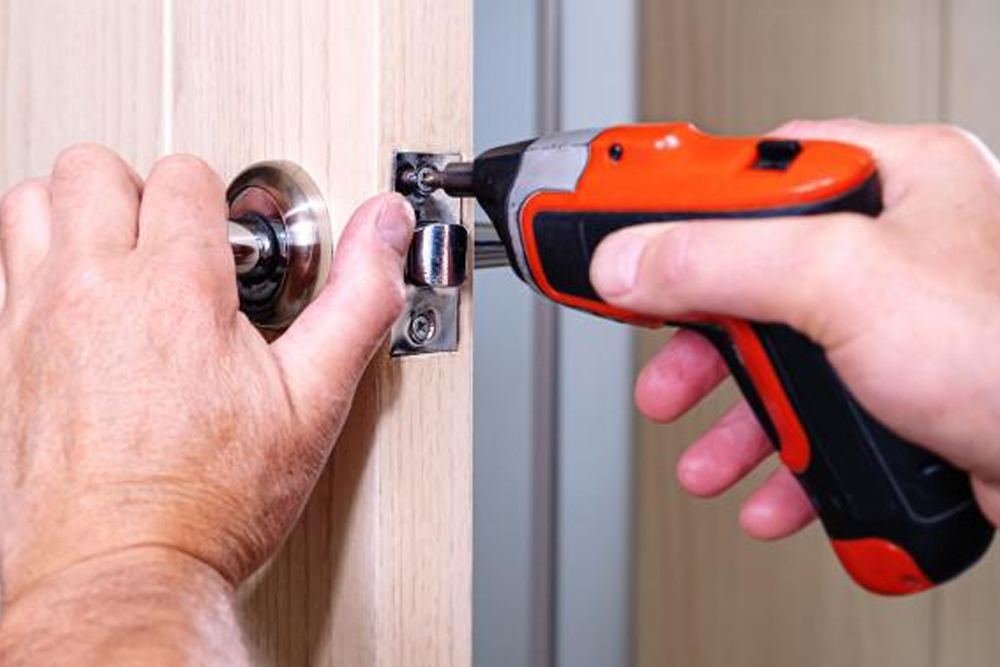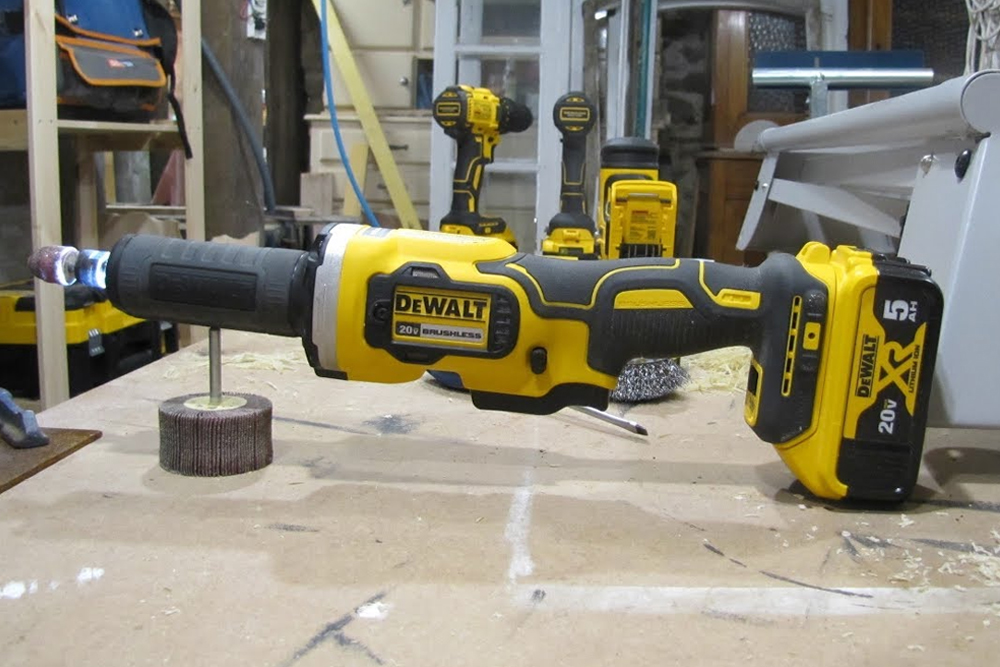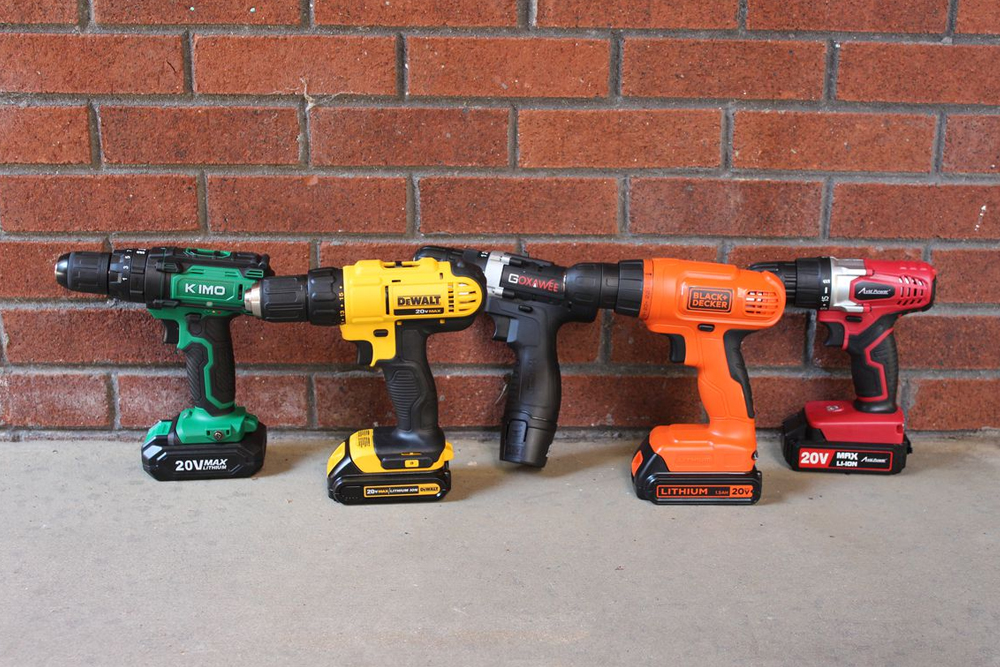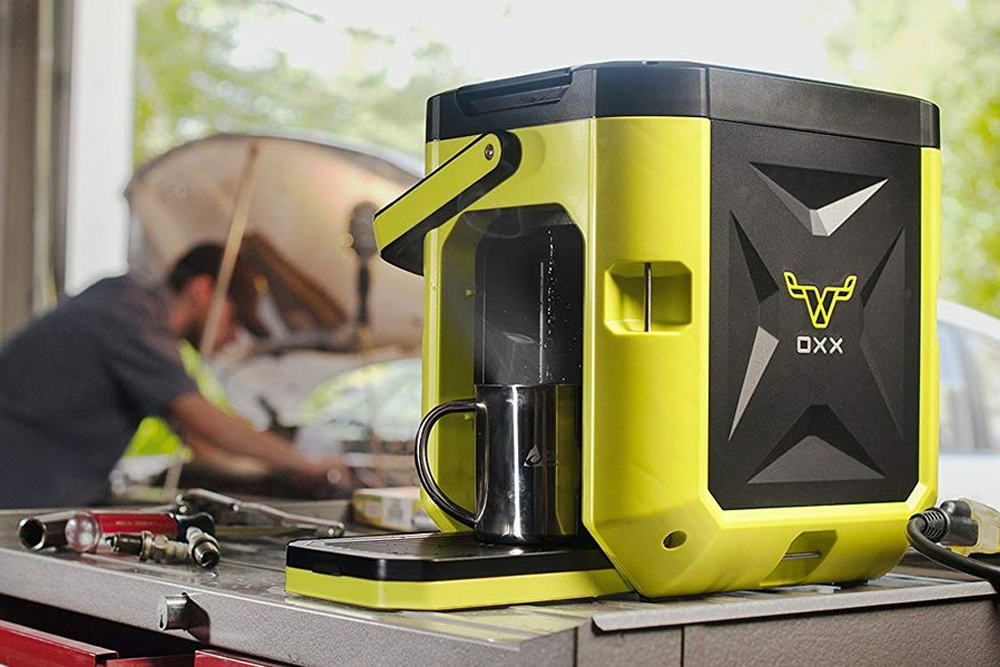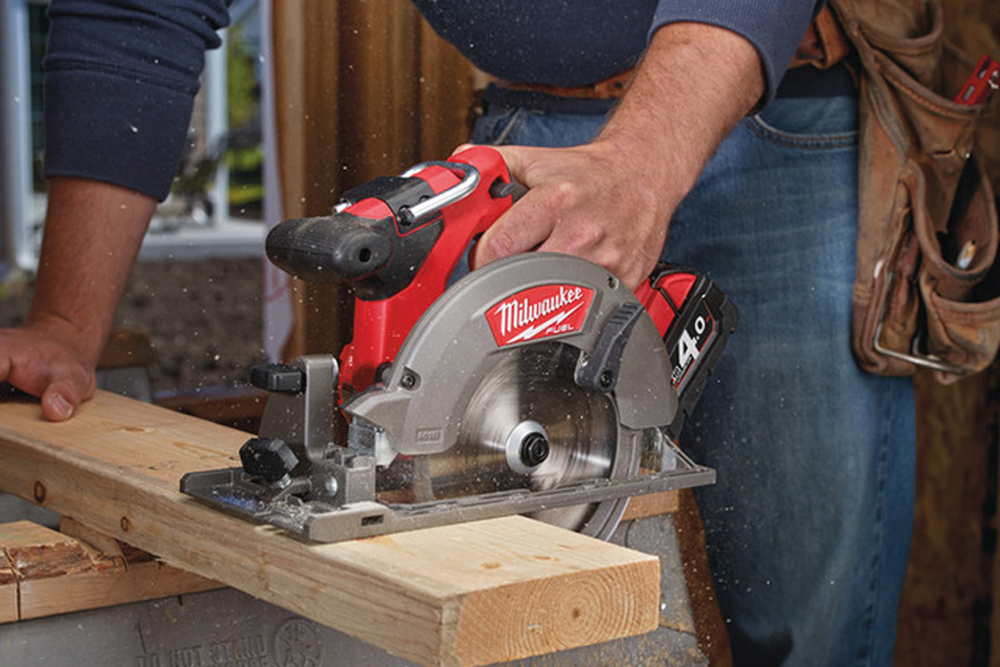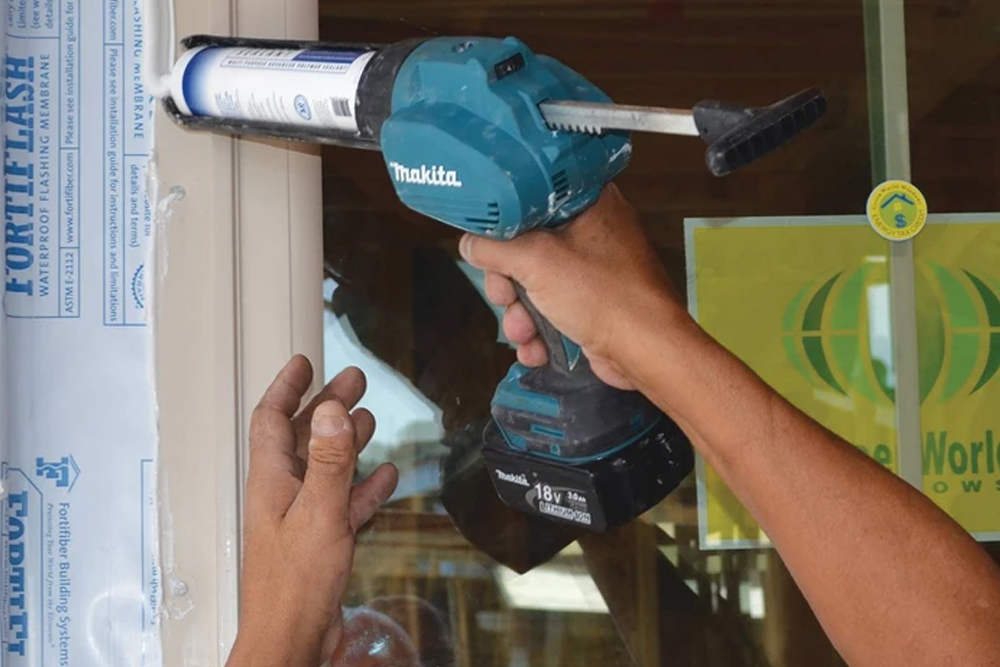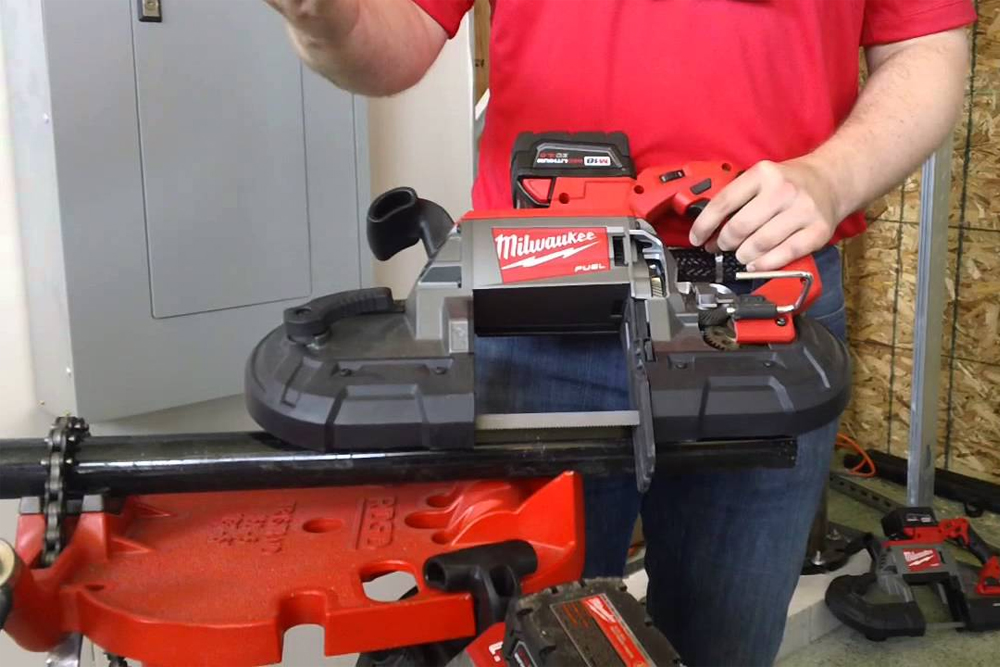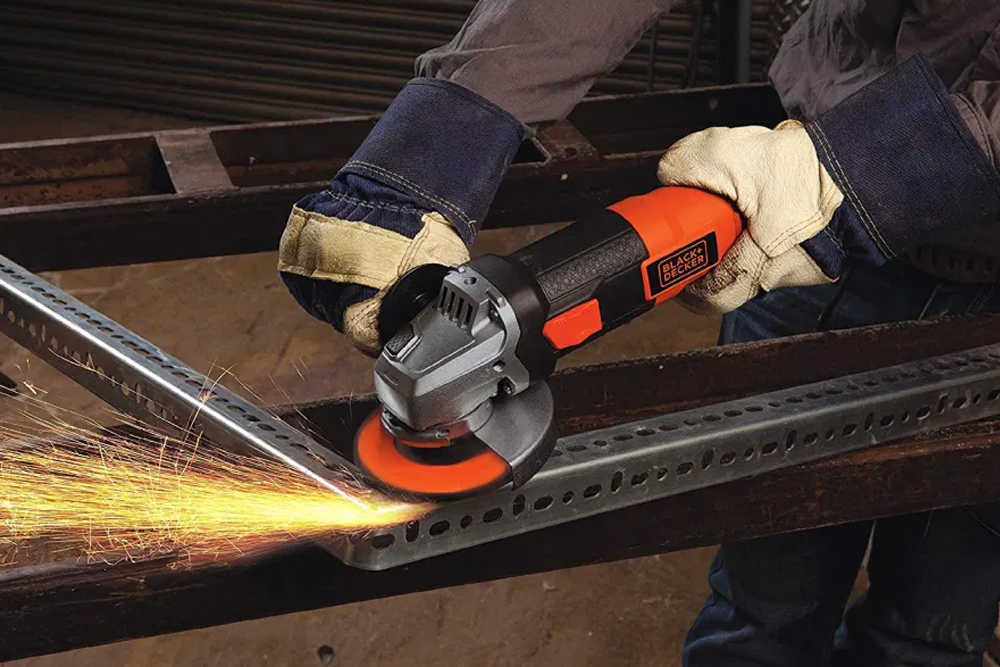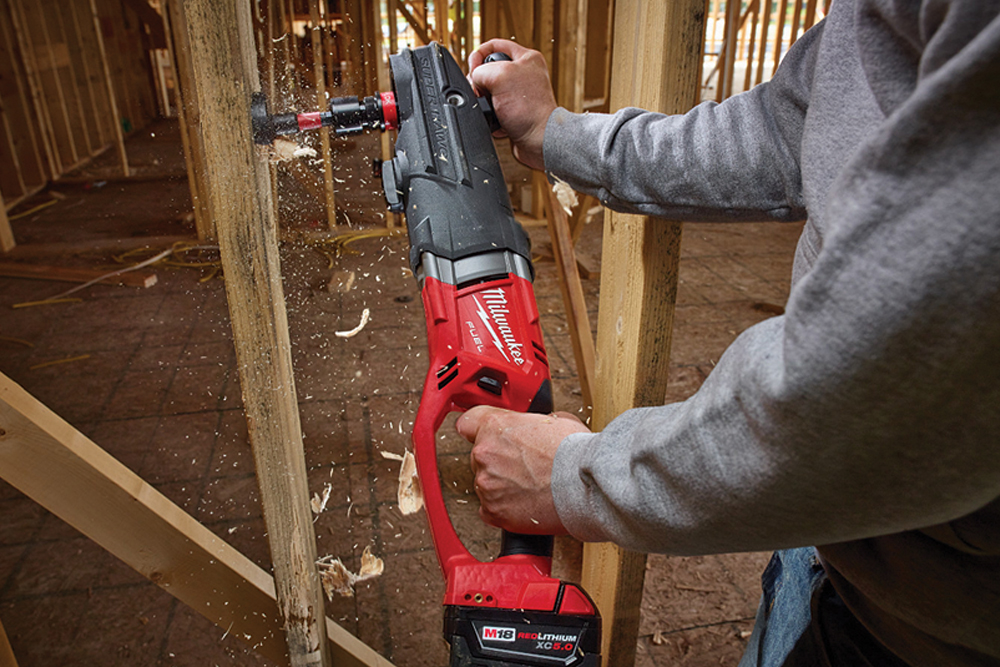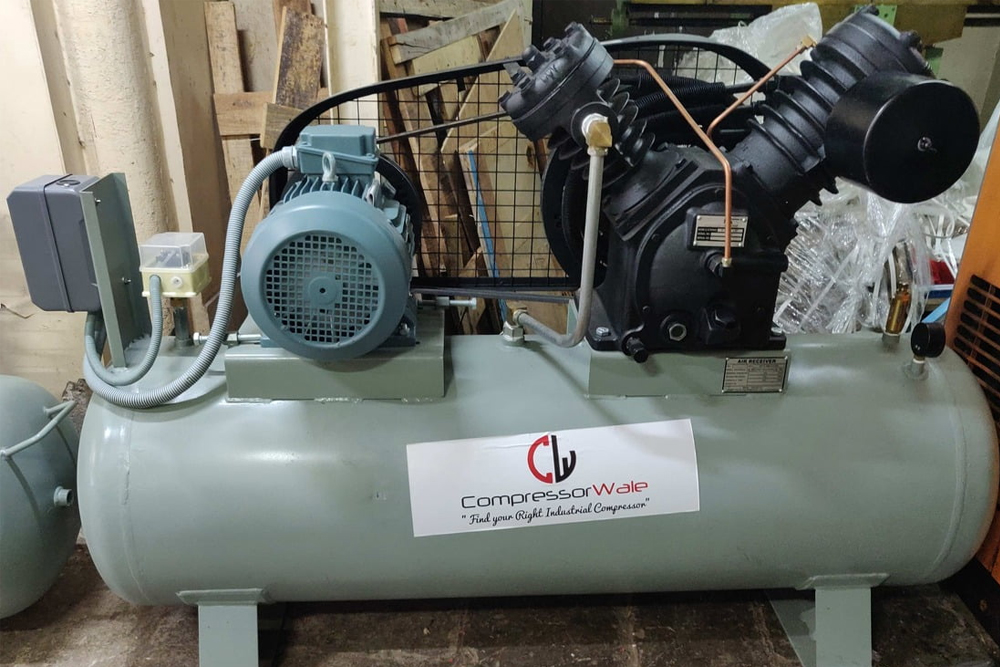Hello guys, I hope all are fine. I have seen many people getting confused between screwdrivers, drywall screwdrivers, and drywall cutters. So, I decided to sort out their problem through this blog!
So, keep on reading guys, to know the difference and uses of these 3 types.
Screwdriver – And its Uses
While not technically a drill, powered screwdrivers function in the same way. These typically have an inline design rather than a pistol grip and less power than a standard drill driver. They rotate the chuck in either a clockwise or counterclockwise direction and are primarily used for driving small screws. While they can drill small holes, they are not the best tool for the job.
USES: Powered screwdrivers are best suited for small and/or delicate fasteners that do not require the torque of a standard drill driver. They’re great for working in electrical boxes, installing switch plates, and anything else where a handheld screwdriver would be useful.
Drywall Screwdriver – And its Uses
Drywall screwdrivers, which are purely a driving/fastening cordless power tool, are also not technically drills. These are frequently spun at high RPMs to quickly set screws. While they have the same basic design as a pistol grip drill, they may have a grip directly behind the motor and a lock on to allow you to work faster. Professional models frequently have collated magazines that allow you to automatically feed screws as you go, greatly speeding up the job.
USES:- Drywall screw-guns, as the name implies, assist you in quickly installing drywall sheets. Models that can accommodate longer screws make deck construction a breeze.
Drywall Cutter – And its Uses
Drywall Cutter is suitable for making outlet holes in drywall at construction or renovation sites. With a high rotational speed of 30,000 rpm, it is great for fast cutting.
USES: Perfect for cutting holes in a variety of materials such as drywall for recessed lighting, electrical boxes or outlets, plywood or cabinets for installation, acoustic ceiling tile for sprinkler systems, and recessed lighting and in light gauge/non-ferrous metals.
Where to buy these products?
You can make a more informed decision on what to buy now that you understand these differences between the products and their uses. Always keep in mind that you should buy a tool that will be useful for your needs in order to avoid wasting money. Get in touch with us today if you’re looking to buy budget tools in Canada! At our site, we’re happy to assist you.
Thank you for reading the blog!

